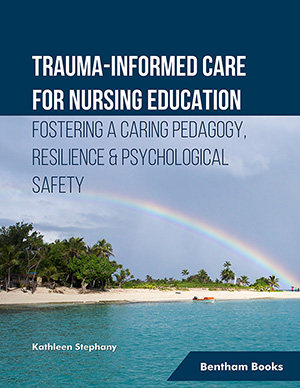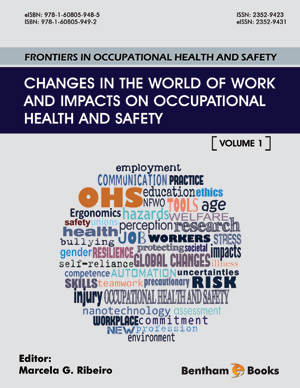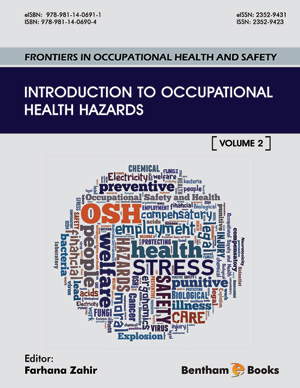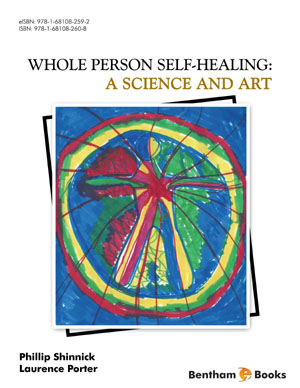Abstract
A principle-based approach to trauma-informed care is effective in
promoting healing and chapter two explores the crucial aspects of each of The Six
Guiding Principles of Trauma Informed Care as recommended by the Substance Abuse
and Mental Health Services Administration (SAMHSA). They consist of safety;
trustworthiness and transparency; peer support; collaboration and mutuality;
empowerment, voice, and choice; and cultural, historical, and gender issues. The
discussion begins by describing the physical, social, and psychological aspects of
safety. They include the location of the health facility, the atmosphere of the healthcare
clinic, staff attitudes, ensuring that health professionals are kept emotionally safe, and
avoiding re-traumatization. It is pointed out that people who have been intentionally
harmed by others do not easily trust. Therefore, trust must be earned through
compassionate connection, and by protecting a person’s privacy. Transparency is
highly recommended and occurs when a person is fully informed about all aspects of
the plan of care. Peer support is the help received from others who have lived through
similar experiences and facilitates healing. Collaboration and mutuality are suggested
to create a shared environment where there is an assumption that everyone, including
the client/patient, will be involved in decision-making. Empowerment, voice, and
choice when consistently applied foster an environment that utilizes a person’s
strengths to help them overcome adversity, gives them an opportunity to be listened to,
and to make their own choices. The power of empathy and other-focused listening, and
the importance of addressing cultural, historical, and gender issues are emphasized.
Poor health outcomes experienced by people of the LGBTQ2S community are highly
correlated with stigma. Nurses are identified as harbouring prejudicial attitudes toward
members of this population, and educational efforts are strongly suggested to change
these behaviours. Cultural humility is recommended as an effective way to counteract
racism and power difficulties through empowerment, excellence in care, and an
atmosphere of mutual respect. Self-awareness and self-reflection are recommended to
incorporate cultural humility into practice. Two Narrative Case Studies are reviewed.
The first one emphasizes the importance of safely conducting a client assessment, and
the second one explores how peer support helps a bereaved child. Participation in these
four learning activities is advised, strategies that enhance the environmental safety of a
healthcare facility; when breaching confidentiality is necessary; situations that promote
or impede trust; and actively communicating other-focused listening. The Chapter ends
with a self-care strategy that encourages nurses to participate in mindfulness techniques
to enhance the overall well-being.
Keywords: Cultural sensitivity, Cultural awareness, Cultural safety, Cultural humility, Confidentiality, Collaboration, Choice, Empathy, Empowerment, Gender issues, Mutuality, Microaggressions, Mindfulness, Other-focused listening, Physical safety, Psychological safety, Peer support, Resisting retraumatization, Reflective journalling, Social safety, Safety, Self-awareness, Selfreflection, Strength-based approach, Secondary traumatic stress disorder (STS), Trustworthiness, Trauma-informed care, Transparency, Unconditional positive regard, Voice.












